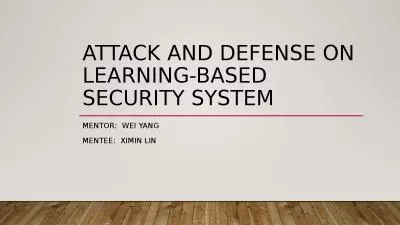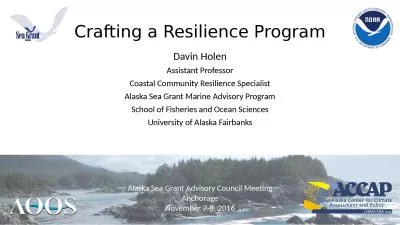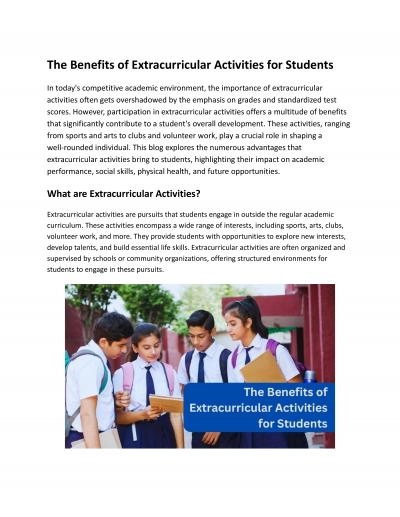PPT-Re-crafting Science Activities
Author : madeline | Published Date : 2023-10-29
Understanding the Laboratory Learning Activity LLA Dr Peta White Deakin University School of Education Petawhitedeakineduau Things we pay attention to in designing
Presentation Embed Code
Download Presentation
Download Presentation The PPT/PDF document "Re-crafting Science Activities" is the property of its rightful owner. Permission is granted to download and print the materials on this website for personal, non-commercial use only, and to display it on your personal computer provided you do not modify the materials and that you retain all copyright notices contained in the materials. By downloading content from our website, you accept the terms of this agreement.
Re-crafting Science Activities: Transcript
Download Rules Of Document
"Re-crafting Science Activities"The content belongs to its owner. You may download and print it for personal use, without modification, and keep all copyright notices. By downloading, you agree to these terms.
Related Documents

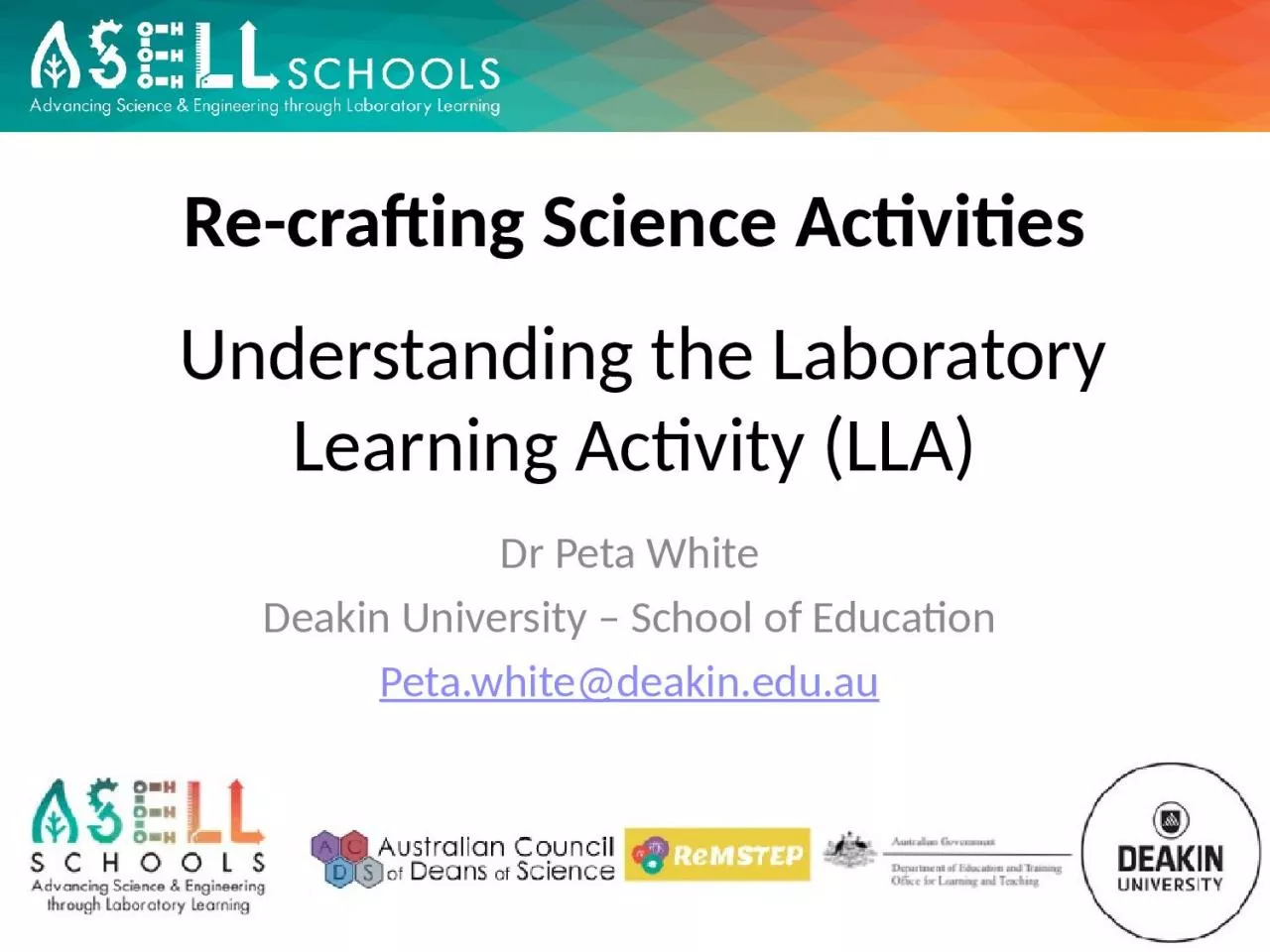
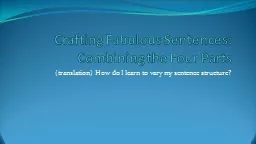
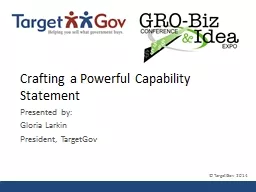
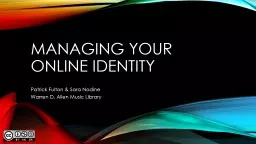
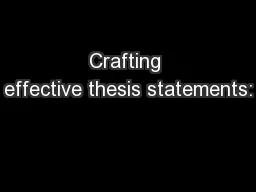
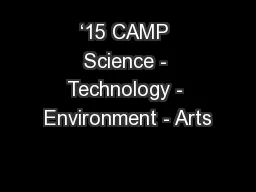

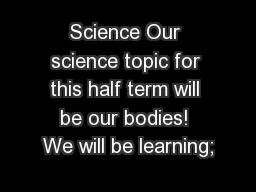

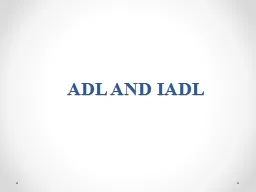
![[READING BOOK]-Crafting a Compiler (Benjamin/Cummings Series in Computer Science)](https://thumbs.docslides.com/992407/reading-book-crafting-a-compiler-benjamin-cummings-series-in-computer-science.jpg)
